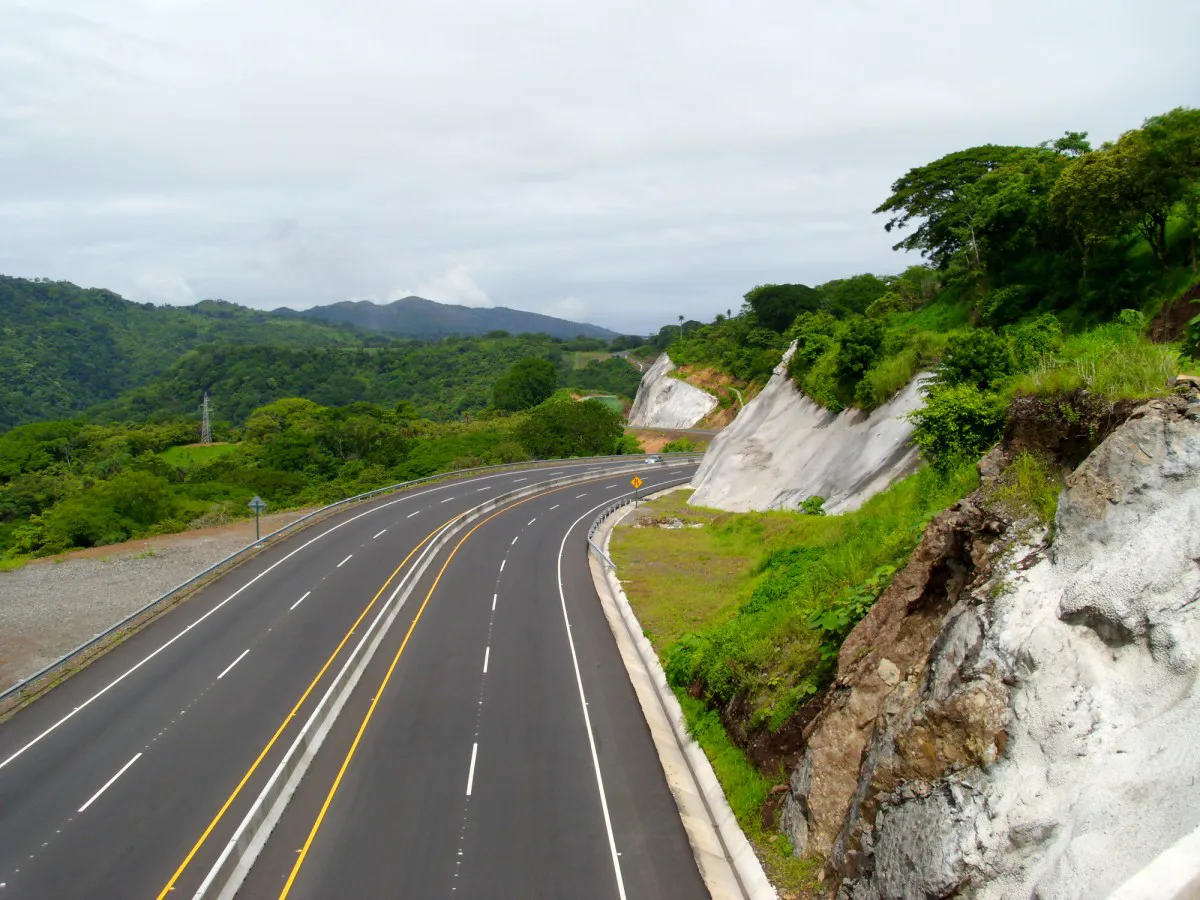The authorities in Romania are launching the tender process for a new highway section. The country’s national roads and highways company, CNADNR, is handling the tenders for the project, which involves designing and building a 9km section of the Transilvania Highway between Gilau and Nadaselu in Cluj county.
March 19, 2012
Read time: 1 min
The authorities in Romania are launching the tender process for a new highway section. The country’s national roads and highways company, 2870 CNADNR, is handling the tenders for the project, which involves designing and building a 9km section of the Transilvania Highway between Gilau and Nadaselu in Cluj county. The deadline for bids is 21st March 2012. The project is expected to cost from €73 million to €80.3 million to construct.







